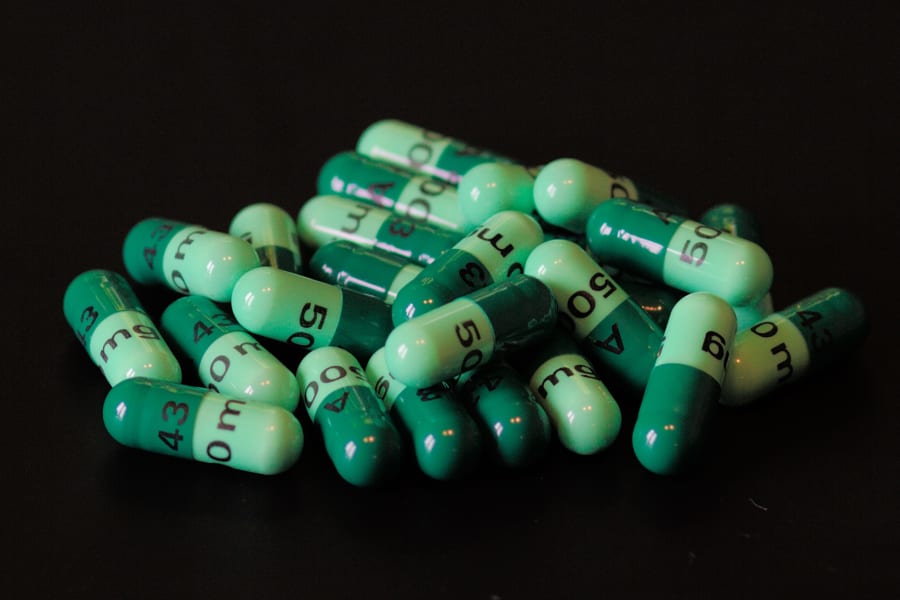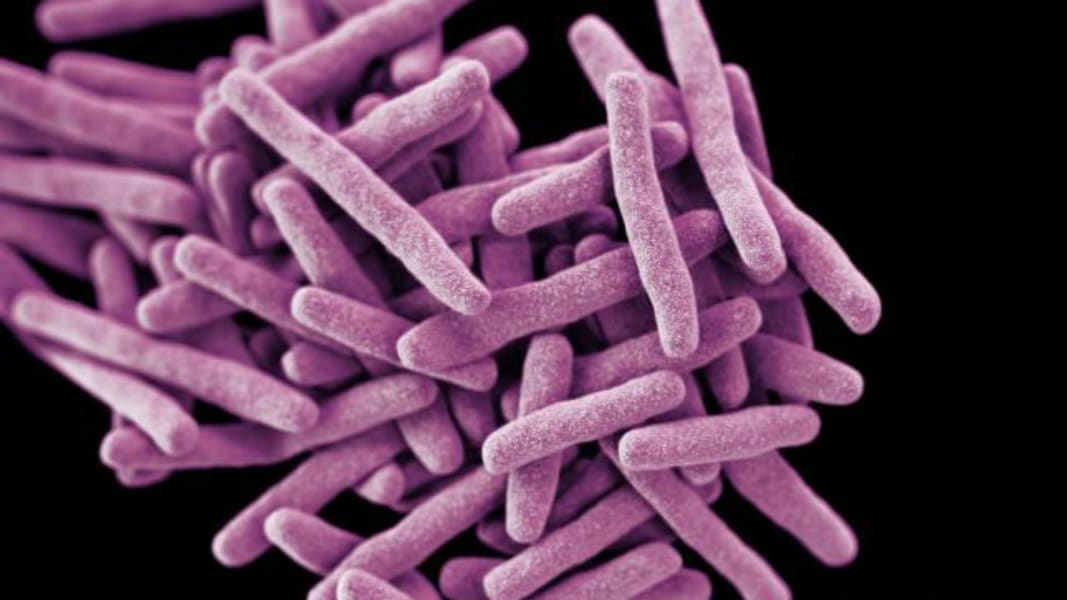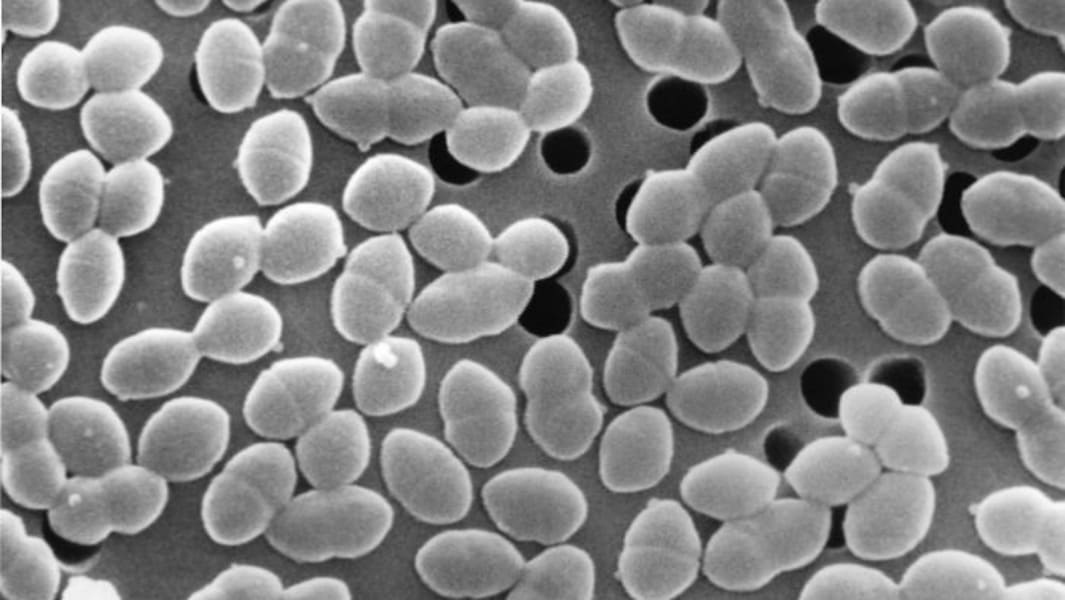Health
The unstoppable superbugs that could kill millions
By Meera Senthilingam and Susie East, for CNN
Updated 1036 GMT (1836 HKT) May 27, 2016
Share


1 of 11
Experts warn that a global health crisis is on the horizon as drugs available for once treatable diseases lose their edge. A dreaded superbug has just been found for the first time in a U.S. woman and a recent report stated that 10 million deaths will be caused each year due to resistance if nothing is done by 2050.
Go through the gallery to find out which infections are becoming, or have already become, a concern.
Read: How to stop superbugs from killing 10 million people a year
Courtesy of Sage Ross, Wikimedia Commons
Go through the gallery to find out which infections are becoming, or have already become, a concern.
Read: How to stop superbugs from killing 10 million people a year
Courtesy of Sage Ross, Wikimedia Commons
In the United States, over 350,000 cases of this sexually transmitted infection were reported in 2014, caused by the bacterium Neisseria gonorrhoeae. Resistance to antibiotics began to occur soon after their introduction in the 1930s and has continued to rise with resistance now seen against at least five of the drugs once used to treat it -- which include the commonly used antibiotics penicillin and tetracycline. Courtesy NIAID
Hospitals are one of the main places superbugs are causing concern, as doctors are running out of viable options for antimicrobials. Leading the way are a group of bugs known as the ESKAPE pathogens, the first of which is Enterococcus faecium.This bacteria is commonly found in the intestines and female genital tract, but can sometimes cause infections. In some cases it has become resistant to the vancomycin antibiotic used to treat infections and mostly in hospitals. Keeping hands clean is the main way to prevent transmission. CDC/ Janice Haney Carr
Staphylococcus aureus (staph) is a common type of bacteria which is often found on the skin, in nostrils and in the throat. According to the CDC, one in three people carries it in their nose without being affected by it. It can cause mild infections of the skin, but if the bacteria gets into the bloodstream it hast the potential to become life threatening by poisoning blood.
Multidrug-resistant Staphylococcus aureus (MRSA) has been a concern for many years in hospitals. People with infected with this form of the bacteria are estimated to be 64% more likely to die than people with a non-resistant form of the infection. NIAID
Multidrug-resistant Staphylococcus aureus (MRSA) has been a concern for many years in hospitals. People with infected with this form of the bacteria are estimated to be 64% more likely to die than people with a non-resistant form of the infection. NIAID
Klebsiella bacteria have also developed a high level of resistance to antibiotics, such as carbapenem. The bacteria naturally occurs in the intestines where it does not usually cause disease, but it can cause pneumonia, bloodstream infections and meningitis.
It's unlikely that healthy people are affected by the bacteria, but patients in hospitals who use a ventilator, intravenous catheters or long courses of certain antibiotics are at higher risk of becoming infected. Courtesy NIAID
It's unlikely that healthy people are affected by the bacteria, but patients in hospitals who use a ventilator, intravenous catheters or long courses of certain antibiotics are at higher risk of becoming infected. Courtesy NIAID
Acinetobacter is a type of bacteria mostly found in soil and water. It can cause human disease, particularly in people with weakened immune systems or diabetes.
Outbreaks usually happen in intensive care units and healthcare settings, with the bacteria becoming resistant to most commonly used antibiotics. Treatment has to be decided on a case-by-case basis. U.S. Centers for Disease Control and Prevention - Medical Illustrator
Outbreaks usually happen in intensive care units and healthcare settings, with the bacteria becoming resistant to most commonly used antibiotics. Treatment has to be decided on a case-by-case basis. U.S. Centers for Disease Control and Prevention - Medical Illustrator
Pseudomonas bacteria can be deadly for patients who are in critical care. According to CDC it's the cause of about 51,000 healthcare-associated infections in the United States each year. More than 6,000 of these cases are multi-drug resistant, leading to around 400 deaths per year. The most serious Pseudomonas infections usually occur in hospitals, affecting patients who are on breathing machines, using catheters or with wounds from surgery.
CDC/ Janice Haney Carr
CDC/ Janice Haney Carr
The bacteria Escherichia coli (E. coli) naturally occurs in your gut, and while most strains are harmless, some can cause severe foodborne diseases, with symptoms ranging from fever, nausea and vomiting to bloody diarrhea. The infections are transmitted by eating or drinking contaminated food and water.
Multi-drug resistance in E. coli has been increasingly reported in urinary tract infections (UTIs). According to the WHO, the most widely used oral treatment -- fluoroquinolones -- are also becoming ineffective. A U.S woman was reported to be infected with a rare kind of E. coli infection that is resistant to antibiotics, even one used as a last resort.
NIAID
Multi-drug resistance in E. coli has been increasingly reported in urinary tract infections (UTIs). According to the WHO, the most widely used oral treatment -- fluoroquinolones -- are also becoming ineffective. A U.S woman was reported to be infected with a rare kind of E. coli infection that is resistant to antibiotics, even one used as a last resort.
NIAID
Tuberculosis almost disappeared in the majority of the Western world as countries developed. But the disease persists globally, with an estimated 9.6 million people developing TB in 2014 and 1.5 million dying from it.
The bacterium behind the disease, Mycobacterium tuberculosis, has developed into multidrug resistant (MDR) forms, which require an additional pool of more toxic drugs to treat it. In 2014, there were 480,000 cases of MDR-TB worldwide and extensively drug-resistant (XDR) TB had been reported in 100 countries. India is one country that reported patients with total resistance to all drugs available. With few new drugs in the pipeline to control the bacteria, total resistance could spread. Courtesy CDC
The bacterium behind the disease, Mycobacterium tuberculosis, has developed into multidrug resistant (MDR) forms, which require an additional pool of more toxic drugs to treat it. In 2014, there were 480,000 cases of MDR-TB worldwide and extensively drug-resistant (XDR) TB had been reported in 100 countries. India is one country that reported patients with total resistance to all drugs available. With few new drugs in the pipeline to control the bacteria, total resistance could spread. Courtesy CDC
Influenza virus types A and B sweep through countries annually in the winter months; they cause fever, headaches and muscular pain in most cases, but also cause three to five million cases of severe illness and 250,000 to 500,000 deaths each year. The antiviral drugs oseltamivir and zanamivir are the main means of fighting infection. Preventative antivirals amantadine and rimantadine were once used to control seasonal spread, but high levels of resistance means their use is no longer recommended.
Resistance to zanamivir has also been reported. While the majority of viruses found globally are still sensitive to the key drugs, the resistant forms could easily spread as no other drug options remain available. Courtesy CDC
Resistance to zanamivir has also been reported. While the majority of viruses found globally are still sensitive to the key drugs, the resistant forms could easily spread as no other drug options remain available. Courtesy CDC
Immunization remains the weapon of choice in controlling typhoid fever. The disease still affects approximately 21 million people worldwide, with 222,000 deaths occurring annually, most of them children. The bacterium behind the disease, Salmonella typhi, can be killed with various antibiotics, but resistance is now arising to multiple antibiotics.
Most cases are reported in developing countries but increased global travel means the disease has potential to spread. The United States sees over 5,000 people infected each year after consuming contaminated food and drink abroad. Couresy Kat Masback
Most cases are reported in developing countries but increased global travel means the disease has potential to spread. The United States sees over 5,000 people infected each year after consuming contaminated food and drink abroad. Couresy Kat Masback


















